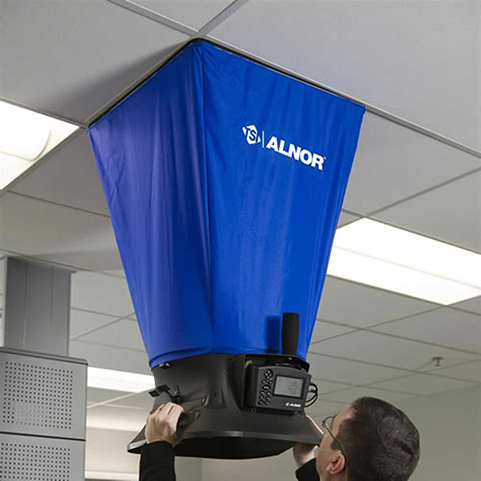Pressure and Waste Anesthetic Gas Testing
Positive and Negative Pressure Testing
Pressure testing of positive and negative pressure hospital rooms is essential to ensure the effectiveness of infection control measures and patient safety. Positive pressure rooms are designed to keep airborne contaminants out by maintaining a higher pressure inside than outside, thus protecting immunocompromised patients from infections. Conversely, negative pressure rooms prevent the spread of contagious airborne diseases by ensuring air flows into the room, preventing pathogens from escaping and contaminating other areas.
Regular pressure testing is crucial to verify that these specialized rooms are functioning as intended. It ensures that positive pressure rooms maintain the required differential pressure to prevent external contaminants from entering. Similarly, negative pressure rooms must maintain the appropriate pressure difference to contain airborne pathogens effectively.
Pressure testing identifies any issues with airflow, ventilation, or pressure differentials promptly, allowing for timely corrective measures to be implemented. This proactive approach helps uphold infection control standards, enhances patient safety, and minimizes the risk of hospital-acquired infections, particularly crucial in healthcare environments where patient vulnerability is high.


Waste Anesthetic Gas Testing
As with pressure testing, waste anesthetic gas testing is vital for ensuring the safety of healthcare workers and patients in operating rooms and other areas where anesthetic gases are used. This testing helps monitor and control exposure levels to trace amounts of anesthetic gases that may escape from the patient’s breathing system, or from equipment that may be leaking anesthetic gases in the room.
Trace anesthetic gas exposure over time, can lead to health issues, so it is important for hospitals, dentists offices, veterinary clinics, and other medical offices using anesthetic gasses to conduct testing.
By conducting regular waste anesthetic gas testing, healthcare facilities can mitigate potential health risks associated with prolonged exposure to these gases, ensuring a safer environment for everyone involved.





